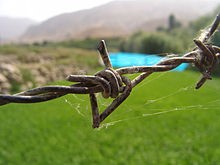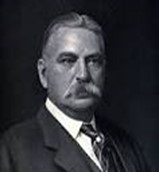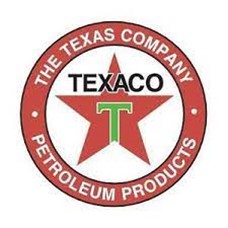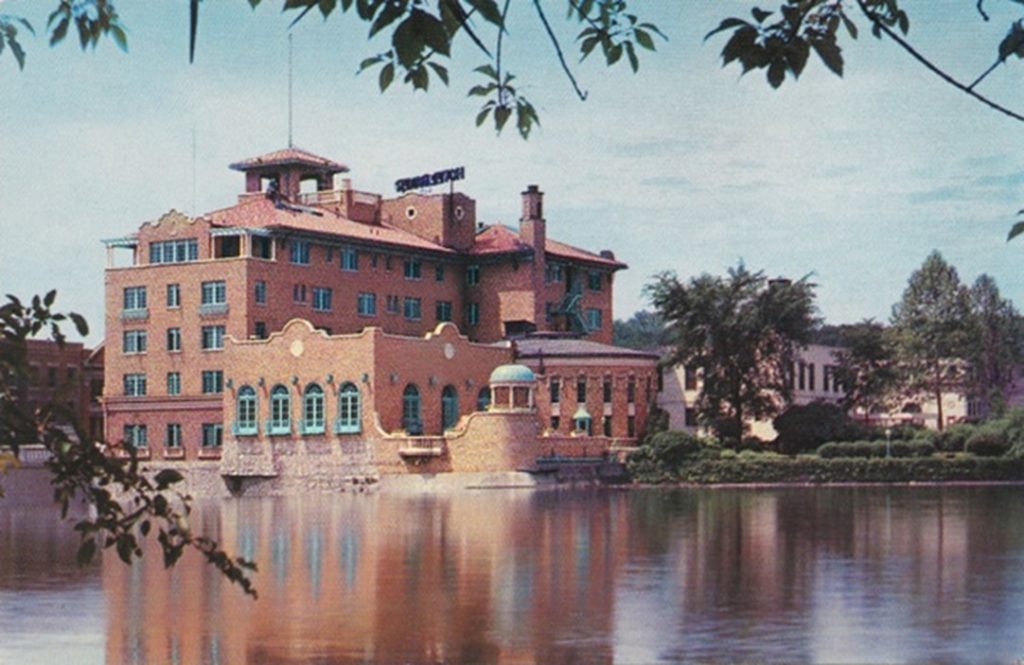My dad’s sister Rena met a handsome young officer named Bud Ziegler from Illinois during WWII, and the following story became part of our family lore.
One of the true financial buccaneers of THE GUILDED AGE, John W. “BET A MILLION” Gates, was born in 1855 in rural Illinois. Starting as a hardware store clerk, Gates blustered and bluffed his way up the social and financial ladder until one day he found himself riding across the country in J.P. Morgan’s private rail car, passing the time betting Morgan $10,000 a pop in 1890 dollars, on which raindrop would make it to the bottom of the window first.
As a young man, Gates used to love hearing traveling salesmen (known then as drummers) tell stories of travel, conquest, and money as they sold him hardware stock. One day, a drummer had a new product, barbed wire, which he claimed was going to “change the world!” When Gates discovered the largest manufacturer of barbed wire was his mother’s cousin, who lived right there in Illinois, he said goodbye to his pregnant wife and took the train to Chicago.

Isaac Ellwood, “Colonel Ike,” was the lord of the wire world in 1876. He looked at the plump young yokel who claimed to be a salesman, with a letter from his mother, and on a lark gave him “the whole state of Texas.” Others had tried to sell “bob wire” to the Texas ranchers and been run out of town. In fact, there were several carloads of wire sitting on sidetracks that weren’t worth the cost of sending them back.
After a long dusty train and stagecoach ride to San Antonio, during which Gates won enough at poker to sustain himself for several months, he tried his first sales calls. The range bosses were sure no sissy Eastern wire could hold their longhorn cattle, and the cowboys were sure if they ever did fence in the range with “the Devil’s Wire” they’d be out of a job.
Gates was sure that if he could just show the ranchers that the wire would work, he could “sell the hell out of it!” Weeks went by with no sales, until one sultry night on his hotel balcony, watching a medicine man draw a crowd on the plaza below, Gates was struck with “the Big Idea.” For an appropriate fee, the mayor issued a permit to construct a corral in the middle of the plaza, to put on a “ROUNDUP OF LONGHORNS!”

While Gate’s hired laborers sunk a circle of sturdy poles into the ground and strung barbed wire on them, Gates distributed flyers and posters for miles around advertising “THE MEANEST LONGHORNS & THE TOUGHEST COWBOYS — LOCKED IN MORTAL COMBAT!” The big night arrived and torches lit the plaza, liquor flowed, and Gates was busy taking side bets from cowboys anxious to double their money with this silly city slicker. The “KILLER LONGHORNS” (which were actually the most docile creatures Gates could find) were driven into the corral, the gate closed and Mexican caballeros spurred their horses outside the fence, firing pistolas and waving fire brands over the animals. After a few frantic attempts at escape, in which the steers bellowed with pain, the wire thankfully held and the whole herd cowered in the center of the circle, with the crowd cheering the new KING OF THE RANGE! Gates pocketed his winnings, and started taking orders for “bob wire” just as fast as he could write them.
Barbed wire did change the world (or at least the western U. S.) almost as much as the coming of the railroad.
Uncle Ike Ellwood’s factories began running 24 / 7, and when Gates realized his sales were the source of the newfound prosperity, he insisted on being taken in as a partner. Ellwood laughed him out of his office, so an angry Gates set up shop to make his own damn wire. Although Ellwood held multiple patents on the wire and its manufacture, Gates managed to elude prosecution by locating his machinery where he could move it across the state line by night, when things got hot, and appropriate officials could be “convinced” to drop the charges. This earned him his first nickname: MOONSHINE GATES.
Gates soon realized the real money was in steel, so in 1889 he sold the wire business to his partners and set his sights on becoming the equal of the titans of the age, Andrew Carnegie, John D. Rockefeller and the great J.P. Morgan, King of Wall Street.
Soon Gates was buying steel directly from the refineries. He convinced the other “wire pirates” to form a stock company (in which he owned 51%) to buy their own steel mill which eventually became part of US STEEL.

While competitors were paying Ellwood a royalty on wire they manufactured, and buying their steel at retail, Gates and his combine were underselling them and making huge profits to boot.
The Bessemer process of making high quality steel was developed in Europe in the 1850s. The new steel was key to making the wire and railroad rails that spanned the U.S. in 1869. U.S. plants were slow to adopt the new process, so most high quality Bessemer steel “pigs” were imported. Showing no sign of bashfulness, Gates showed up at J. P. Morgan’s office one day and proposed a scheme to buy as many pigs as he could in the U. S., then go to Europe and buy all that were available there. This would create a shortage, thus inflating the price. Morgan would supply the money and he and Gates would split the profits. Seeing a way to jab his archrival Andrew Carnegie, J. P. lent him the money and the whole scheme succeeded marvelously!
By 1898, Gates was ready to slow down, and decided to return to Texas. He had sold a speculator named Arthur E. Stillwell the steel rails to build 778 miles of railroad from Kansas City to a swampy town site on the Gulf Coast, optimistically named Port Arthur after his son. Gates offered to buy 51% of the railroad, then got his friend E. H. Harriman of the Union Pacific to buy the other 49%. Gates built a large mansion in Port Arthur, a municipal sewer system, docks, port facilities, and even a library…named of course the John W. Gates Memorial Library.

A local wildcat oil driller named Pat Higgins had run out of money drilling on a hillock known locally as Spindletop and offered to sell Gates 51% of the well in exchange for financing. Knowing nothing about oil (remember there were only a few hundred cars in the U.S. then, only a few thousand in the world, and most crude oil was refined into a kerosene-like product as a substitute for whale oil in lamps) Gates accepted Higgin’s offer. On 10 Jan 1901, Spindletop blew in, spouting the wooden rig, men, and oil 160 feet into the air. Gates immediately bought out Higgins.
Gates built a pipeline to Port Arthur, where a refinery was built, along with docks and a deep water port. When J. D. Rockefeller (STANDARD OIL) offered to buy the new company for 25 million (around $700,000,000 today) Gates turned him down. When Rockefeller angrily refused to sell or transport his oil, Gates reportedly said, “Then I’ll build my own damn oil company” and TEXACO was born.

John W. Gates died in Paris in 1911. Services were held in Paris and Port Arthur, and his body lay in state for several days in the Grand Ballroom of the Plaza Hotel in New York City. He is buried in a huge mausoleum in the Oaklawn Cemetery in Yonkers, N. Y., alongside his son (who never married) and his wife, who apparently spent most of her married life at home. Both died shortly after John, and a few of Gate’s cousins split his fortune. One of the heirs, (Colonel) Edward J. Baker, took part of his money to build a luxury hotel in St. Charles, Illinois, and hired my uncle Bud Ziegler as a young bell hop. Bud retired as the General Manager, and my beautiful Aunt Rena was often the hostess for gala parties. The hotel is still operating and worth a visit.

.

WONDERFUL STORY. It was so interesting to follow this history (and the ties to our family).
Thanks for sharing.